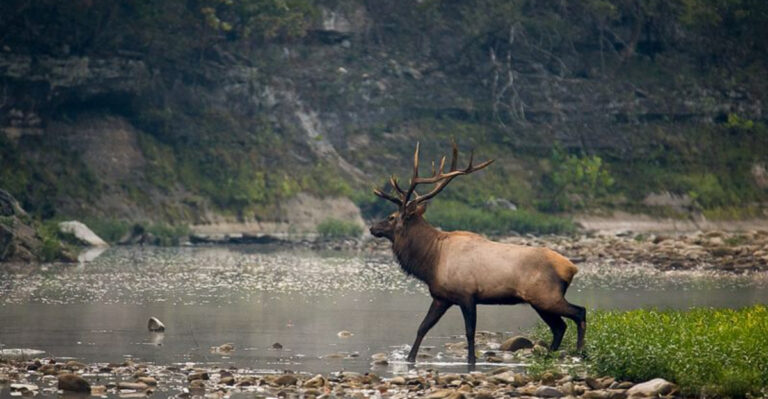Where To See Giant Pandas Outside Of Captivity

Giant pandas, once on the brink of extinction, are making a comeback in China’s remote mountain regions.
These beloved black and white bears naturally roam bamboo forests far from tourist crowds. While spotting pandas in the wild requires patience and luck, these special reserves offer the rare opportunity to witness these magnificent creatures living freely in their natural habitat.
1. Foping National Nature Reserve – Shaanxi, China

Nestled in the misty Qinling Mountains, Foping serves as a sanctuary for about 100 wild pandas. Specialized trackers guide small groups through dense bamboo groves where these elusive creatures feed.
Early morning hikes increase your chances of spotting a panda munching on fresh bamboo. The reserve requires advance permits and strictly limits visitor numbers to protect these endangered animals.
2. Wolong National Nature Reserve – Sichuan, China

Famous for its panda conservation efforts, Wolong combines true wilderness with reintroduction zones. Researchers here have been studying wild pandas for decades, creating detailed maps of their territories.
Trekking permits allow nature enthusiasts to explore designated trails where wild pandas roam freely. Morning fog often blankets the valleys, creating magical conditions for spotting these rare animals.
3. Tangjiahe National Nature Reserve – Sichuan, China
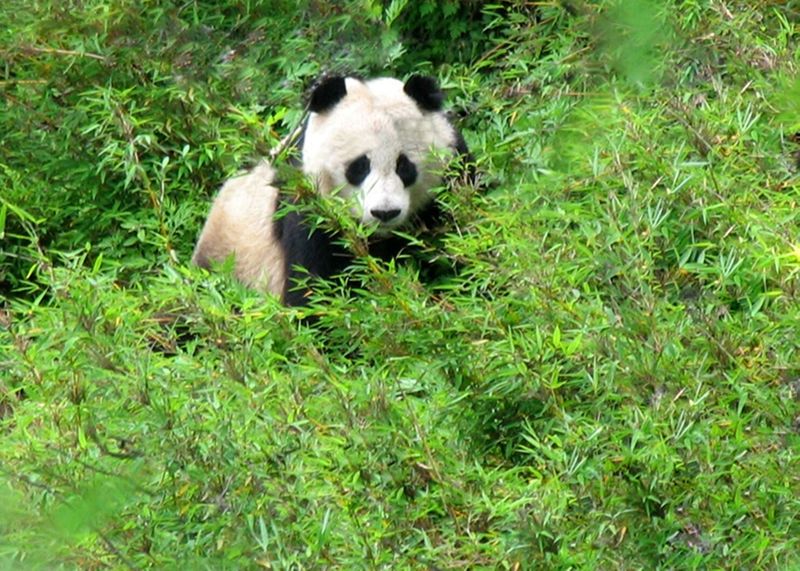
Rich biodiversity makes Tangjiahe special among panda habitats. Golden monkeys and takin share these forests with the reserve’s pandas, creating a complete ecosystem experience.
Local guides know exactly which valleys pandas frequent during different seasons. The reserve’s remote location means fewer visitors and more authentic wildlife encounters compared to more accessible panda destinations.
4. Baiyun Mountain Nature Reserve – Henan, China
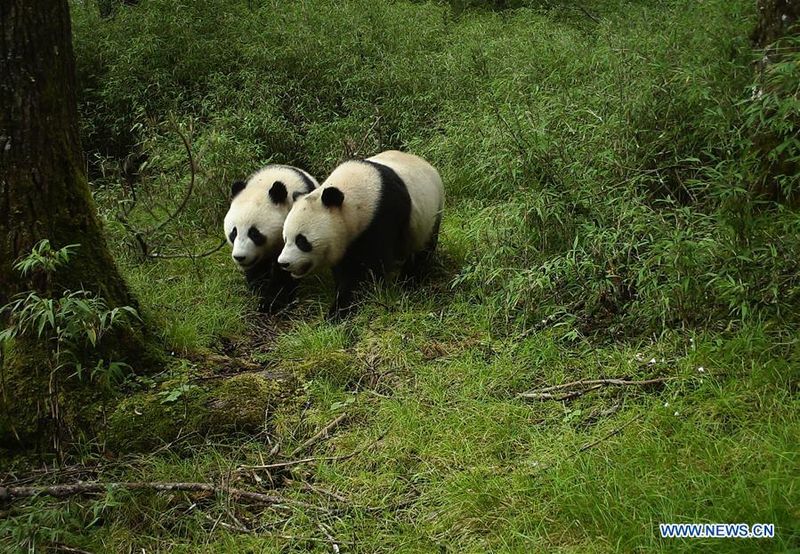
A hidden gem for wildlife enthusiasts, Baiyun Mountain harbors a small but significant panda population. The reserve’s varying elevations create diverse bamboo habitats that pandas move between seasonally.
Spring brings new bamboo shoots, drawing pandas to accessible viewing areas. Guided multi-day treks take visitors through remote valleys where these shy animals leave distinctive bite marks on bamboo stems.
5. Changqing Nature Reserve – Shaanxi, China

Conservation success stories unfold at Changqing, where panda numbers have steadily increased. The reserve’s unique geography creates natural corridors that pandas use to travel between feeding grounds.
Visitors learn to identify panda signs like footprints, bite marks, and droppings. Camera traps throughout the reserve capture amazing footage of wild pandas, which researchers sometimes share with lucky visitors during evening presentations.
6. Heihe Valley Panda Corridor – Sichuan, China

Connecting isolated panda populations, Heihe Valley represents modern conservation in action. Local villages participate in protection efforts, serving as guides and sharing traditional knowledge about panda behavior.
Community-based tourism here supports both pandas and people. Hiking alongside researchers, visitors help check camera traps and collect bamboo samples, contributing directly to conservation while increasing their chances of a rare wild panda encounter.
7. Daxiangling Mountains – Sichuan, China

Rugged and remote, the Daxiangling range harbors some of the most pristine panda habitat remaining. Few tourists venture here, making any panda sighting extraordinarily special.
Special permits allow serious wildlife enthusiasts to join research expeditions. The mountains’ challenging terrain explains why pandas here remain truly wild, rarely encountering humans and exhibiting natural behaviors that captive pandas never display.
8. Liziping Nature Reserve – Sichuan, China
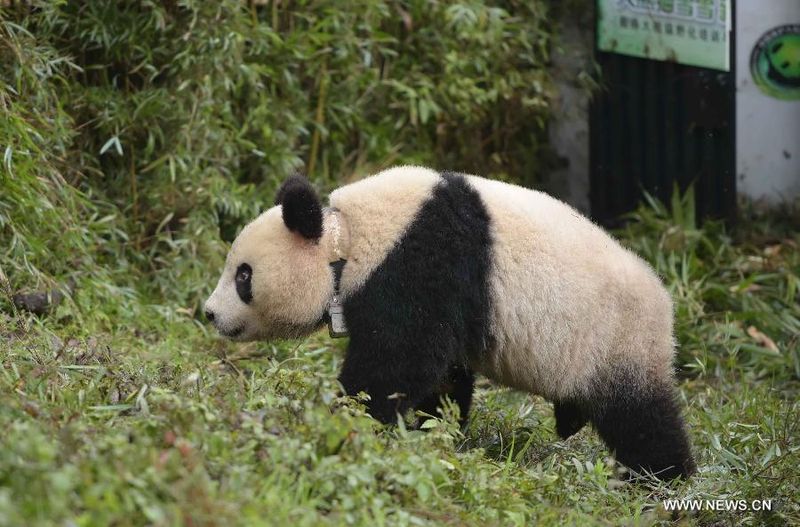
Witness conservation in action at Liziping, where captive-bred pandas learn to survive in the wild. Special observation blinds allow visitors to watch without disturbing pandas in transition habitats.
These “wilderness training” areas prepare pandas for full release. The reserve’s unique approach provides rare opportunities to observe pandas developing natural behaviors like foraging, climbing, and territory marking that zoo visitors never see.
9. Wanglang Nature Reserve – Sichuan, China
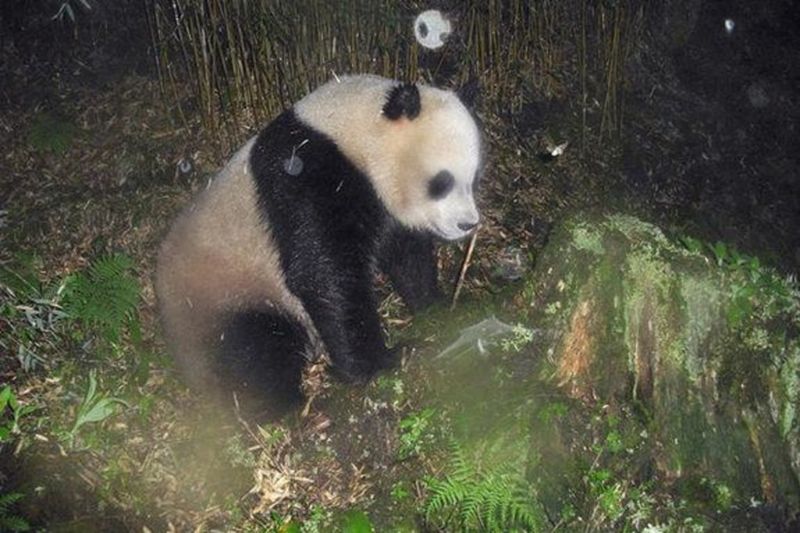
High-altitude bamboo forests make Wanglang ideal for pandas seeking cool summer retreats. The reserve’s ancient forests remain largely untouched, preserving the exact conditions pandas evolved to thrive in.
Rangers lead expeditions to known feeding grounds during bamboo flowering seasons. The reserve’s pristine streams and diverse plant life support not just pandas but the entire ecosystem they depend on, offering visitors a complete wilderness experience.
10. Laoxiancheng Nature Reserve – Gansu, China

Marking the northern edge of panda territory, Laoxiancheng protects crucial genetic diversity in the panda population. The bamboo here grows differently than in southern reserves, creating unique feeding patterns.
Pandas in this region have adapted to harsher winters. Conservation tours focus on sustainability, with visitors helping to monitor bamboo health and growth rates while exploring the remote valleys where these northern pandas make their home.
11. Meigu Dafengding Nature Reserve – Sichuan, China

Altitude creates unique challenges and opportunities at Meigu Dafengding. Pandas here migrate vertically with the seasons, following bamboo growth patterns up and down the mountains.
Scientific expeditions occasionally welcome conservation-minded visitors. The reserve’s remote location has preserved traditional ecological knowledge among local communities, who share ancient panda stories and tracking techniques with the few travelers who make it this far.
12. Giant Panda National Park – China (Multiple Provinces)

Ambitious conservation vision comes to life in this massive new park connecting isolated panda populations. Spanning three provinces, the park creates crucial wildlife corridors allowing pandas to find mates from different regions.
Still under development, parts of the park already welcome conservation tourists. Future plans include wilderness trails linking existing reserves, observation platforms in strategic locations, and community-based tourism supporting both pandas and local villages across the entire range.



